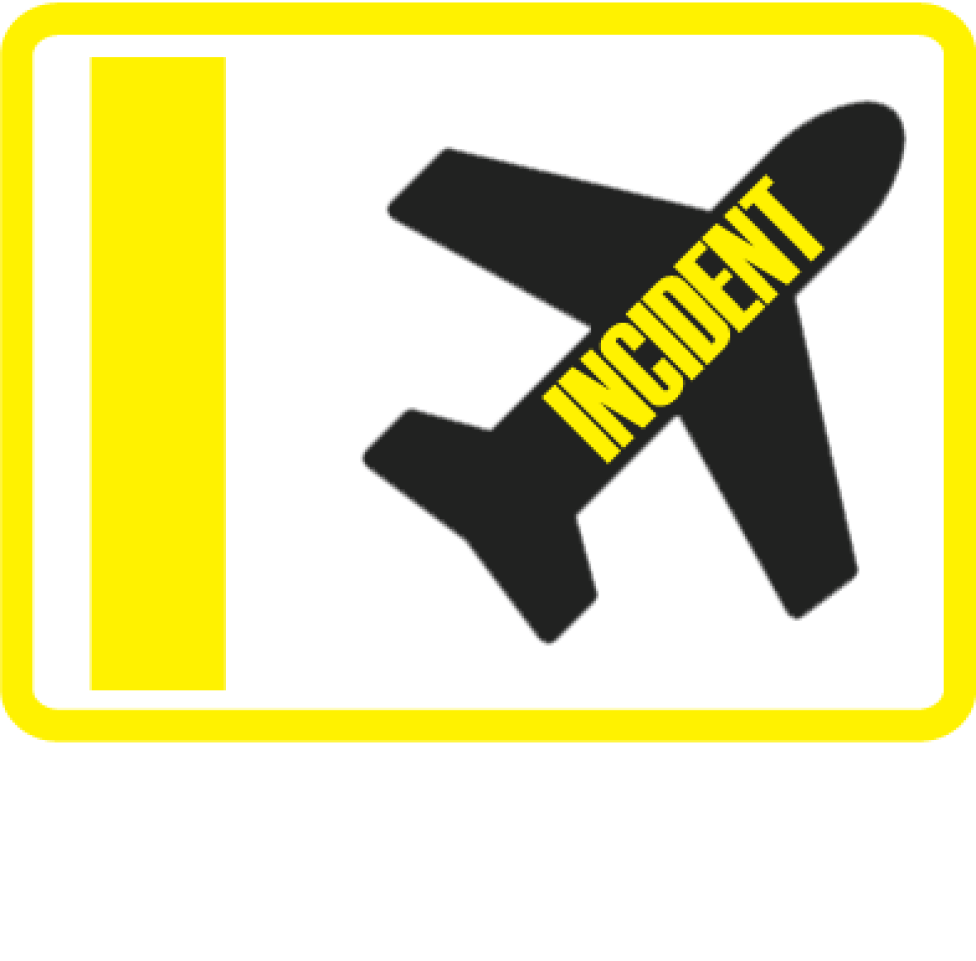Air Berlin A333 at Dusseldorf on Aug 15th 2011, fire on board
An Air Berlin Airbus A330-300, registration D-AERQ performing flight AB-2050 from Dusseldorf (Germany) to Tenerife Sur Reina Sofia,CI (Spain) with 383 passengers and 11 crew, was in the initial climb out of Dusseldorf when a flight attendant noticed open flames at a lamp near the door 2R. Cabin crew discharged a fire extinguisher and managed to put the fire out, the flight crew levelled off at 6000 feet and returned to Dusseldorf for a safe landing about 13 minutes after departure.
Germany's BFU released their bulletin in German reporting, that shortly after becoming airborne the flight attendant at door 2R heard a bang and saw her working lamp, built into the door, blacken and shortly thereafter smoke becoming visible followed by flames becoming visible. The flight attendant reported the occurrence to the lead cabin crew via Interphone, who instructed cabin crew from doors 1L and 1R to assist fire fighting at door 2R and informed the flight crew. A halon fire extinguisher was discharged onto the lamp and behind the door panels, no flames were visible afterwards however smoke still poured out of the panelling.
A post flight examination showed that especially the power supply of the lamp showed evidence of extensive heat and fire exposure. Following the removal of the door panels traces of fire and smoke were found at the insulation and structure of the door.
Examination of the power supply showed two conductor pathes on the main board of the power supply showed evidence of high amperage, those lines were directly connected to 115V AC/400 Hz and GND.
The BFU analysed the fire remained limited to a few square decimeters.
The manufacturer of the lamp unit had already released a service information letter on Sep 26th 2000 reporting that water could reduce insulation resistance on the main board of the power supply. The production processes were changed and a replacement of the affected parts was offered free of charge. Another service information letter was released in 2005 recommending the replacement of all units manufactured before 2002 re-iterating the danger of water leading to reduced isolation.
The BFU said, the manufacturer said 3,400 of 10,700 units were manufactured according to the old production processes. Of these 3,400 units only 400 were replaced.
On Mar 20th 2014 the BFU released their final report concluding the probable causes were:
Due to the climatic conditions in the door area condensation developed. Furthermore, whenever the door was open water could penetrate from the outside.
The water reached the power unit.
The BFU is of the opinion that the classification of the power unit as category W equipment in accordance with RTCA/DO-160C was not appropriate. The protection of the power unit against environmental conditions was sufficient in regard to the test procedures but not always in the real fitting situation.
In combination with the water the insulation resistance of the circuit board was reduced and resulted in a short circuit.
The energy set free by the short circuit resulted in fire.
The fire was noticed by the cabin crew which immediately initiated appropriate actions.
The fire was confined.
The BFU is of the opinion that to date the measures initiated by the manufacturer in the function as design organisation to remedy the known deficiency were insufficient to prevent in-flight fire.
Door 2R (Photo: BFU):
The main board of the power supply (Photo: BFU):
http://avherald.com/h?article=44528d0c














Komentarze